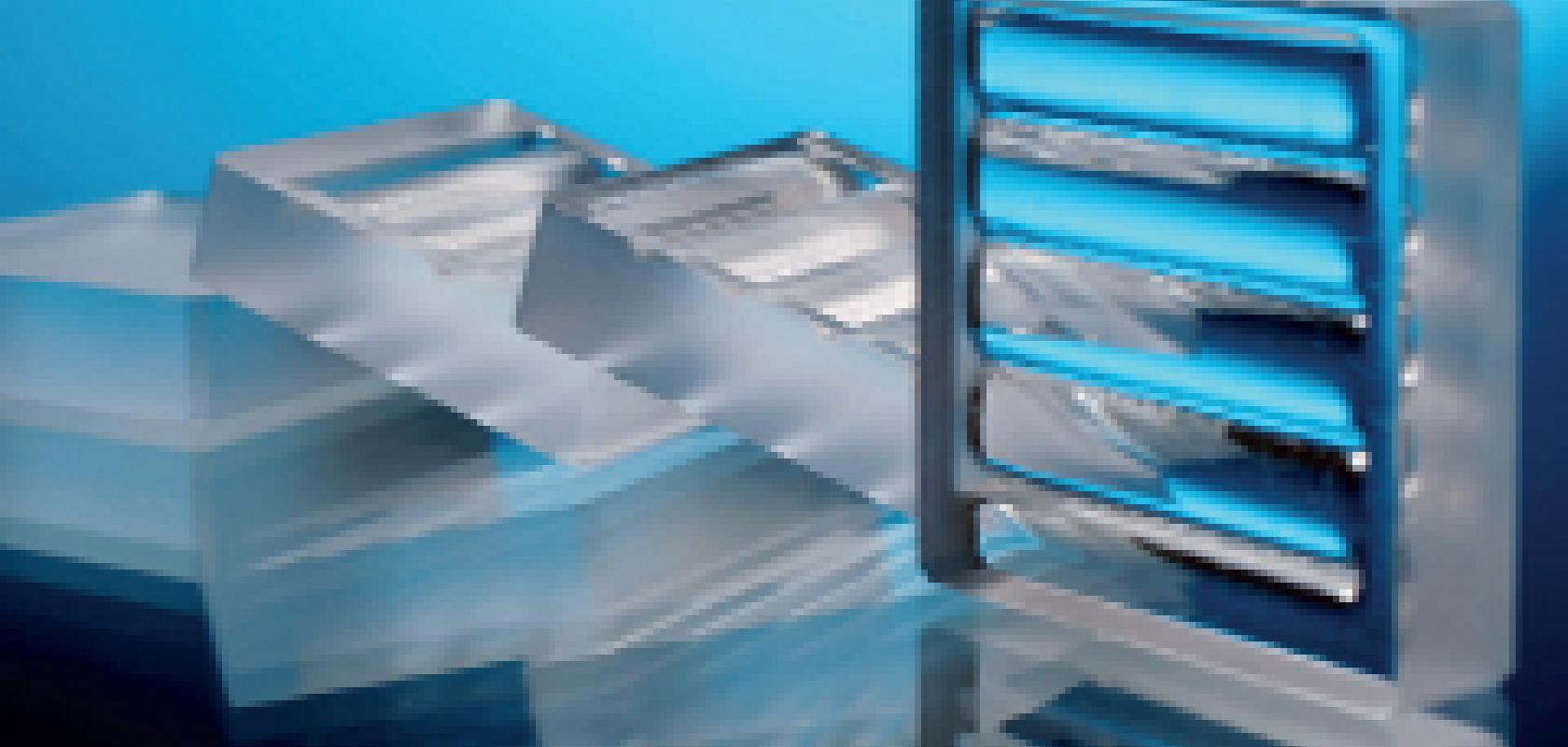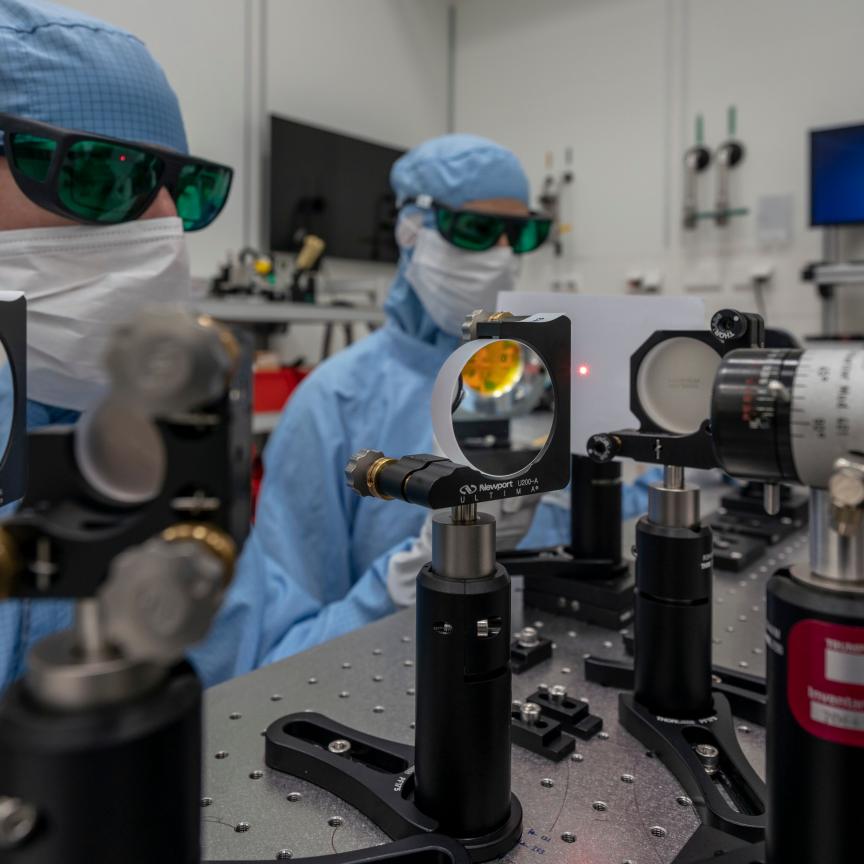The Fraunhofer Institute for Laser Technology (ILT) has developed a process for manufacturing optical glass components that should be good for cost-effectively producing aspheres and free-form optics.
There is a growing demand for non-spherical glass optics but the lenses for cameras or multifocal glasses are still very costly to manufacture. This is because non-spherical optics have been produced through time-consuming grinding and polishing processes. In optical systems, headlights, projectors, camera lenses and lenses for glasses, ensure that light is focused through their surface form and finish quality. With these commonly used spherical optics the risk of aberration is reduced by combining several lenses into a single system. However, this approach also increases the weight and size of the optical system. By using non-spherical lenses, whose surface form deviates from the curvature of a spherical lens, engineers can effectively minimise such aberrations and reduce system weight.
It is a research team at the Fraunhofer ILT that has developed the new three step process for individual manufacturing of apheres and free-form optics, producing non-spherical and free-form surfaces with different degrees of curvature.
Made out of a quadratic piece of fused silica and following computer generated data, the researchers claim ‘nearly any surface form desired can be produced’. Starting with a fused silica preform, a 1.5kW CO2 laser beam operating at the wavelength of 10.6um is used on its surface, rapidly ablating it to shape the preform into the geometry wanted. It is because of the wavelength transparency of silica that the CO2 laser has a wavelength of 10.6μm. While this ablation is taking place an extraction system is used to remove the vaporised glass from the processing area. The next step is to heat the silica it to its evaporation temperature, over 230°C. The heated surface becomes fluid and its roughness is reduced as surface tension ensures the material attains a polished-like state once it has cooled. After this laser polishing step, any remaining form defects are corrected with further laser-based precision ablation. ‘For the laser polishing step you definitely need to use the CO2 laser and for the other two process steps, these can be done with CO2 and we favour this technology right now but it can also be done by ultra short pulse lasers,’ says the project’s leader Sebastian Heidrich. Despite silica’s transparency at wavelengths of the far infrared, its ablation is possible with an ultra short pulse laser at the wavelength of 1030nm. Throughout this three stage process, geometry and shape accuracy is measured. The temperature of the glass also has to be controlled very precisely. This is achieved with a pyrometer that adjusts the laser power accordingly. With the resulting improved surface Heidrich’s researchers expect multiple spherical optics to be replaced by one aspherical lens. The advantage of this is that it will reduce the system weight substantially.


